
Not every archaeological discovery shakes foundations, but this one cracked a few. Hidden inside the San Esteban Rockshelter in West Texas, a hunting kit revealed skill and survival strategies older than history books suggest. Each item speaks louder than words. Here are ten surprising insights unearthed by this extraordinary find.
Discovery Of A 6,500-Year-Old Hunting Kit In West Texas
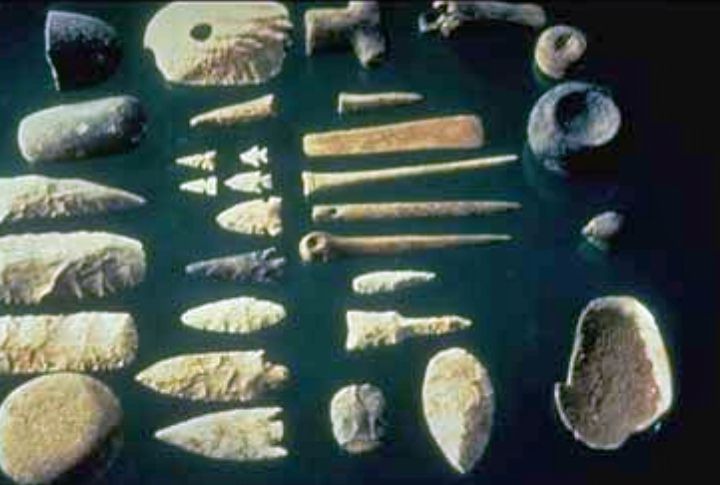
Wander into the San Esteban Rockshelter, and you’ll stumble across a hunting kit older than Egypt’s most significant monument. Buried beneath the shelter, archeologists found foreshafts and boomerangs. These weren’t scraps. They were handpicked tools from a life built on skill and instinct.
Oldest Intact Weapon System Found In North America
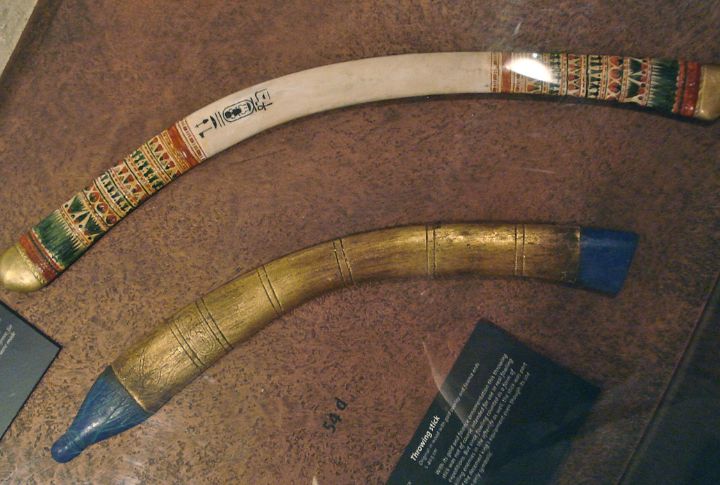
Nobody expected a full arsenal inside a cave wall. But here it was—North America’s oldest complete hunting system. Crafted over 6,000 years ago, it included dart tips, throwing sticks, and hide. If you’re into weapons history, this set rewrites every timeline you’ve ever known.
Components Reveal Advanced Prehistoric Craftsmanship
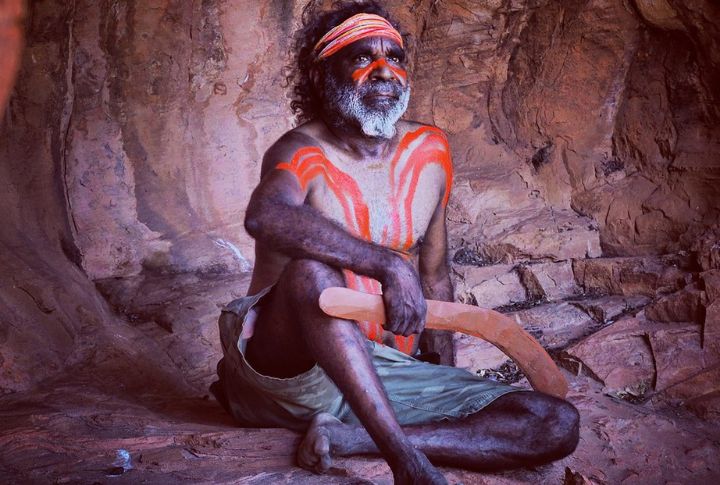
Every piece in that kit speaks to precision. Carefully knapped points and aerodynamic boomerangs weren’t accidental. These weren’t trial tools—they were tailored for success. Behind each item is a mind that understands design and force in ways that challenge our assumptions about ancient skill levels.
Intentional Arrangement Reflects Purposeful Artifact Placement
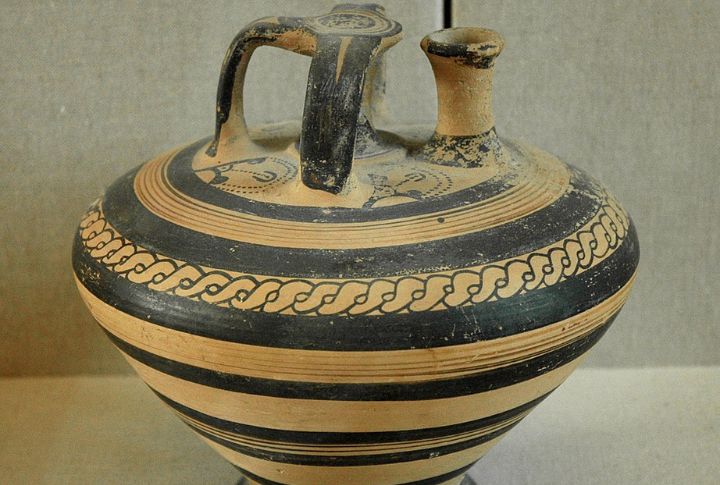
Folded animal hide placed with care? Darts wrapped in bundles like offerings? That’s not random packing. The careful arrangement of artifacts suggests deliberate placement, possibly for practical reasons or cultural practices, though the exact significance is unclear.
Preserved Pronghorn Hide Offers Glimpse Into Daily Life
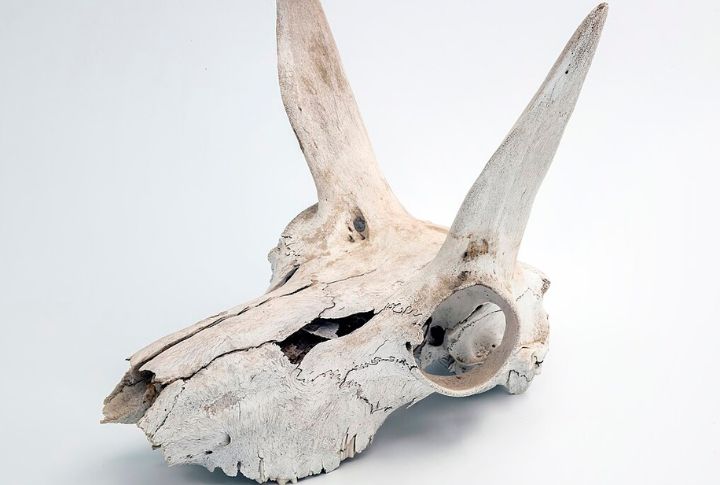
Found alongside the tools, a folded pronghorn hide still held its coarse hair. That kind of preservation doesn’t just survive on luck. It tells you how early Texans valued what they hunted—not just for meat but also for trade and comfort.
Coprolites Shed Light On Ancient Diets
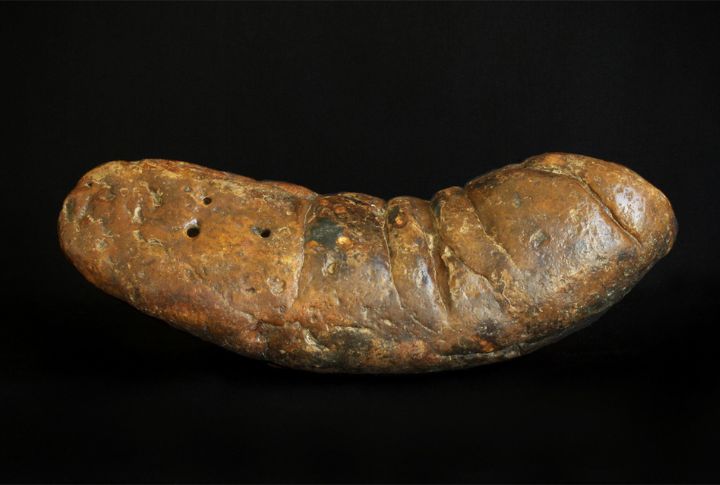
They may not look glamorous, but those fossilized droppings held treasure. Seeds and bone traces revealed a diet shaped by the land and its rhythm. We now read what people ate thousands of years ago like a journal, one rich in flavor and unexpected ingredients.
Exceptional Preservation Due To Cave Conditions
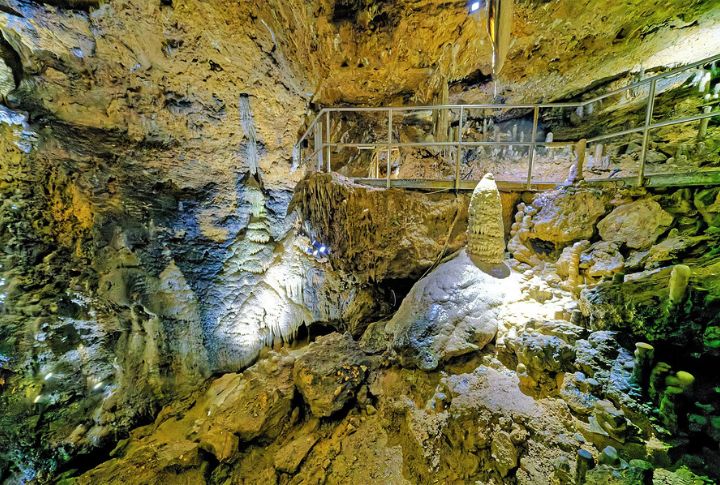
Thank the cave’s cool, dry air and overhanging rock for the miracle of preservation. Everything from wood to hide survived because the elements stayed out. Unlike open sites, this place seals time in place, allowing history to be studied in its complete form.
Insights Into Prehistoric Tool Maintenance Practices
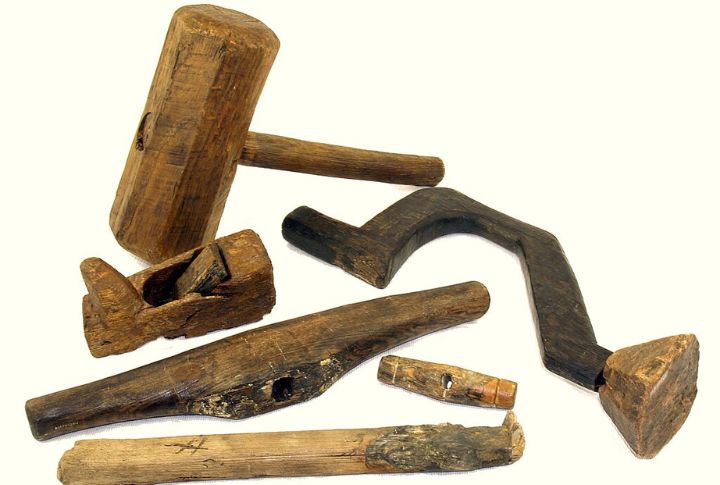
Cracked tips, re-sharpened edges, and broken shafts found together suggest that a prehistoric workbench was in use. People likely used this site to store and fix tools. Early hunters knew the value of quick field repairs.
Collaboration Enhances Understanding Of Early Human Activity
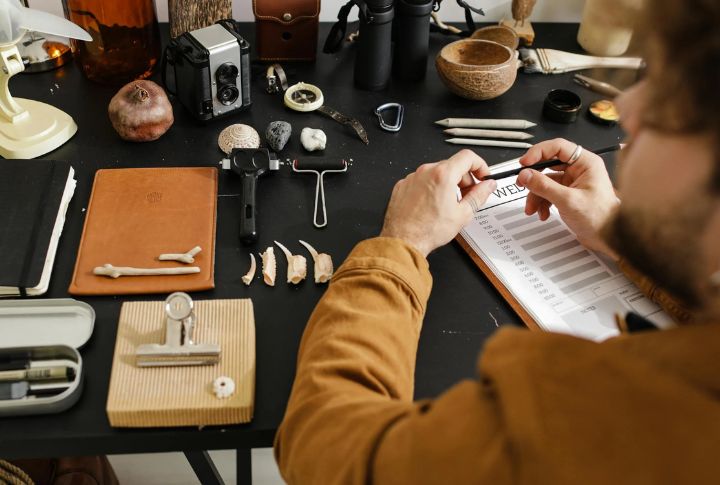
This breakthrough didn’t come from a lone dig but from teamwork. Sul Ross State University and the University of Kansas combined forces, bringing specialists together across disciplines. Their collaboration uncovered stories layered in geology and human adaptation to the wilds of West Texas.
Discovery Challenges Previous Timelines Of Human Settlement
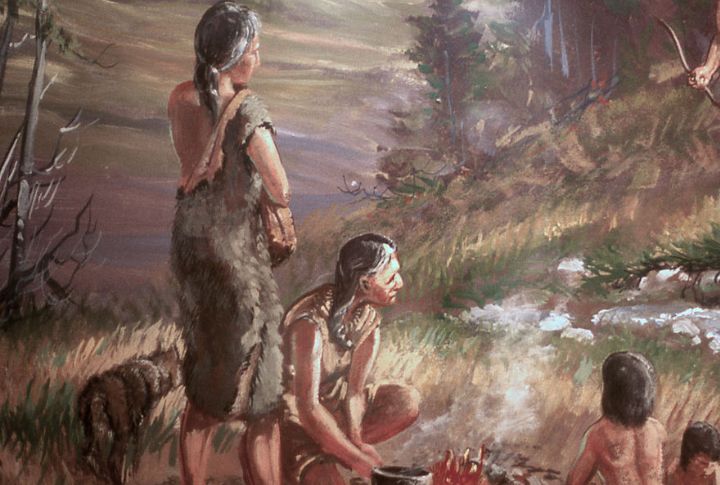
For decades, the Clovis-first theory was the prevailing theory. This discovery challenges previous understandings of when complex hunting toolkits were in use in North America, providing evidence of advanced craftsmanship earlier than previously thought, though it does not directly relate to the initial settlement of the continent.

